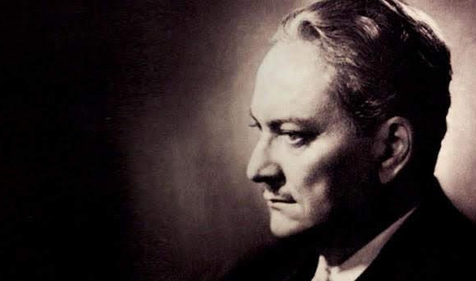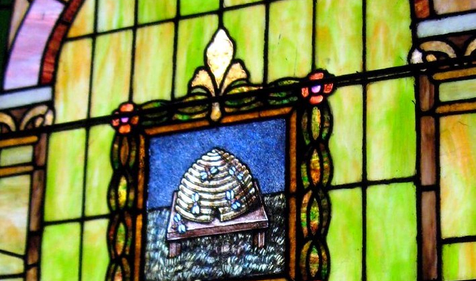Explore the profound connection between Freemasonry and music and how illustrious composers like Mozart wove Masonic values into their works.
From the classical compositions of Brother Wolfgang Amadeus Mozart to those of Brother William Boyce, Freemasonry has been a muse to some of the world's most renowned artists for centuries. As a vessel for the most profound human expressions, music has always been a central part of the fraternity, and songs are even enshrined in the Book of Constitutions, serving as a source of meditation and bonding among our Brethren.
In the following text, we spotlight composers who were also devoted Freemasons. Each chord inspired by Masonic values offers a glimpse into the fraternity's enduring impact on music. Join us as we uncover the melodious legacies of these Freemasons, whose works continue to inspire Brothers and music lovers across generations.
Music in the Lodge
Music has been used in Masonic ceremonies and social functions for centuries, particularly during the opening and closing of lodge meetings. Many feel that it adds emotional depth to rituals and other significant events like degree ceremonies and the installation of officers.
Lodges that are lucky enough to have a keyboardist or organist will play Masonic music live, and recordings are also widely available. Certain pieces of music have been associated with Freemasonry for generations, which, when played, connect current members with their historical roots and the traditions that have been passed through generations of Freemasons.
Classical Contributors of Masonic Music
Speculative Masonry rose to prominence during the 18th century, and compositions for rituals soon followed. Classical composers such as Georg Benda, François-André Danican Philidor, Johann Gottlieb Naumann, Johann Christian Friedrich Hæffner, Albert Lortzing, and Christian Gottlob Neefe penned many of these songs. Brother William Boyce, a renowned English composer from the Baroque period, penned several pieces that have been used in Masonic rituals, such as Morning Hymn and Heart of Oak.
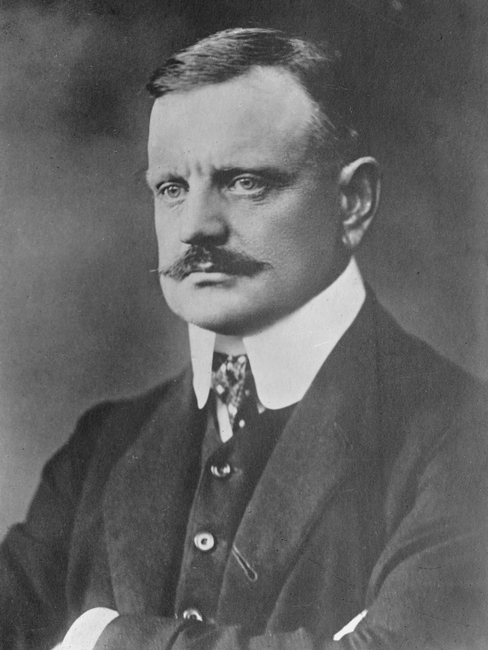
Later, during the 20th century, Finnish composer Brother Jean Sibelius wrote several pieces specifically for Masonic rituals and occasions, including his most notable contribution, Masonic Ritual Music Op. 113, which consists of organ music and songs written for use in Masonic lodge meetings. This collection includes a variety of pieces, such as:
- Opening Hymn ("Suur' olet, Herra" - "Great art Thou, O Lord") - This piece is typically used at the opening of Masonic meetings.
- March ("Marssi, reippahin askelin" - "March, with brisk steps") - A piece often played during Masonic processions.
- Closing Hymn ("Oi, kallis Suomi, äiti verraton" - "O precious Finland, matchless mother") - Used to conclude Masonic meetings.
Brother André Gedalge, also a 20th-century composer, wrote the anthem for the International Order of Freemasonry Le Droit Humain with his wife Amélie André-Gedalge. He was initiated at Lodge No. 1 of Le Droit Humain in 1907.
Today, many compositions have been recorded by Brothers who are expert musicians and are accessible for any lodge or appendant body that wishes to use them. Some recordings include:
Pleyel’s Hymn: Composed by Austrian French Freemason Ignaz Pleyel in 1790, this hymn can be sung during a candidate’s third-degree proficiency.
- The Prince of Denmark’s March: Written in the early 18th century by English composer Jeremiah Clark, this march is only used to introduce members of the Grand Lodge, whether during their installation or while they are visiting local lodges.
- Highland Cathedral: This bagpipe-and-organ tattoo is often performed during the march of Grand Lodge and lodge officers.
- Prelude of Te Deum: An organ piece composed by Marc-Antoine Charpentier in the 17th century.
- All Hail the Master: Similar to All Hail the Chief, All Hail the Master is meant to accompany the introduction of a Lodge Master or the Grand Master.
Mozart's Masonic Compositions
While the contributions of these Brethren are well regarded in the fraternity, few composers wrote as prolifically on behalf of our Brotherhood as Brother Wolfgang Amadeus Mozart. Widely regarded as the greatest composer of all time, Brother Mozart was initiated into Austrian Freemasonry on December 14th, 1784, to Lodge ‘Zu Wohltatigkeit’ in Vienna. He joined the fraternity at 28 years old and was a loyal and engaged Brother until he passed to the Celestial Lodge in 1791.
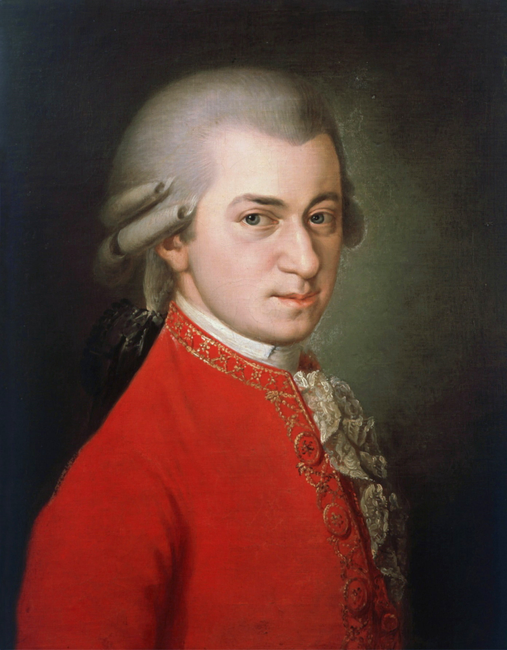
Freemasonry had a powerful effect on Brother Mozart’s life, as is evident through his compositions for the fraternity. We know of at least eight compositions for Freemasons, including his Freemason’s Funeral Music and famous opera, The Magic Flute.
He composed Masonic Funeral Music (Maurerische Trauermusik) in 1785, a piece that is all at once somber and triumphant, evoking the fraternity’s belief in the immortality of the soul. It is the perfect composition for the solemnity necessary for a funeral.
The Magic Flute is a more cheerful affair that incorporates symbolism and allegory of the Craft into its narrative. It is the story of Prince Tamino and his quest for wisdom, truth, and love – themes that any Freemason will immediately identify with. Brother Mozart weaves in Masonic imagery, such as the use of the number three, the symbolism of light and darkness, and references to initiation.
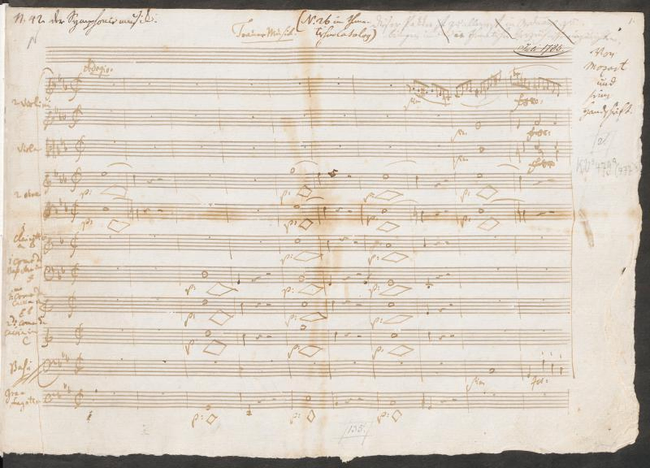
These two pieces are only the start of his Masonic compositions. The following is a list of surviving works that Brother Mozart wrote for performance at gatherings of Masons:
- Song for tenor and piano, Lobegesang auf die feierliche Johannisloge: "O heiliges Band der Freundschaft treuer Brüder" (O sacred bond of friendship between true brothers), K 148/125h,
- Cantata for two tenors, male chorus, and orchestra, "Dir, Seele des Weltalls", K. 429/468a
- Song for tenor and piano, "Lied zur Gesellenreise: Die ihr einem neuen Grad," K. 468, "for use at installation of new journeymen"
- Cantata for tenor, male chorus, and orchestra, Die Maurerfreude ("The Mason's Joy") K. 471
- Two songs for tenor, male chorus, and organ used for the opening and closing ceremonies of the lodge in Austria "Zur Neugekrönten Hoffnung":
- Zur Eröffnung der Freimaurerloge: "Zerfließet Heut, Geliebter Brüder", K. 483
- Zum Schluß der Freimaurerloge: "Ihr Unsre Neuen Leiter", K. 484
- The Little German Cantata (Kleine Deutsche Kantate) entitled Die ihr die unermesslichen Weltalls Schöpfer ehrt, for tenor and piano, for use at meetings of the "Colony of the Friends of Nature," K. 619
- The Little Masonic Cantata (Kleine Freimaurer-Kantate) entitled Laut verkünde unsre Freude, for two tenors, bass, male chorus, and orchestra, K. 623
- Song for male chorus and orchestra, "Laßt uns mit geschlungen Händen," K. 623a, ("for the close of the lodge" and intended final chorus to K. 623)
Celebrating the Harmonies of The Craft
From the classical masterpieces of Brother Mozart to the evocative anthems by Brother William Boyce and the ritualistic compositions of Brother Jean Sibelius, Masonic values have been woven into some of the most memorable musical pieces in history.
The use of music within Masonic lodges serves not only as a ritual enhancement but also as a medium for expressing the fraternity's core values of brotherly love, truth, and relief. The inclusion of such music in Masonic ceremonies bridges past and present, allowing members to connect with their Brethren throughout time. Music truly is a universal language that transcends borders and time, enriching Masonic rituals and strengthening the bonds among Freemasons worldwide.
Related Stories
Discover additional Scottish Rite blogs and news on this topic.
-
A Jolly Masonic Mug
History
Read More about A Jolly Masonic Mug
-
Manly P. Hall: Philosopher, Mystic, and Freemason
Famous Masons
Read More about Manly P. Hall: Philosopher, Mystic, and Freemason
-
What Does the Beehive Mean in Freemasonry?
Degrees
Read More about What Does the Beehive Mean in Freemasonry?


